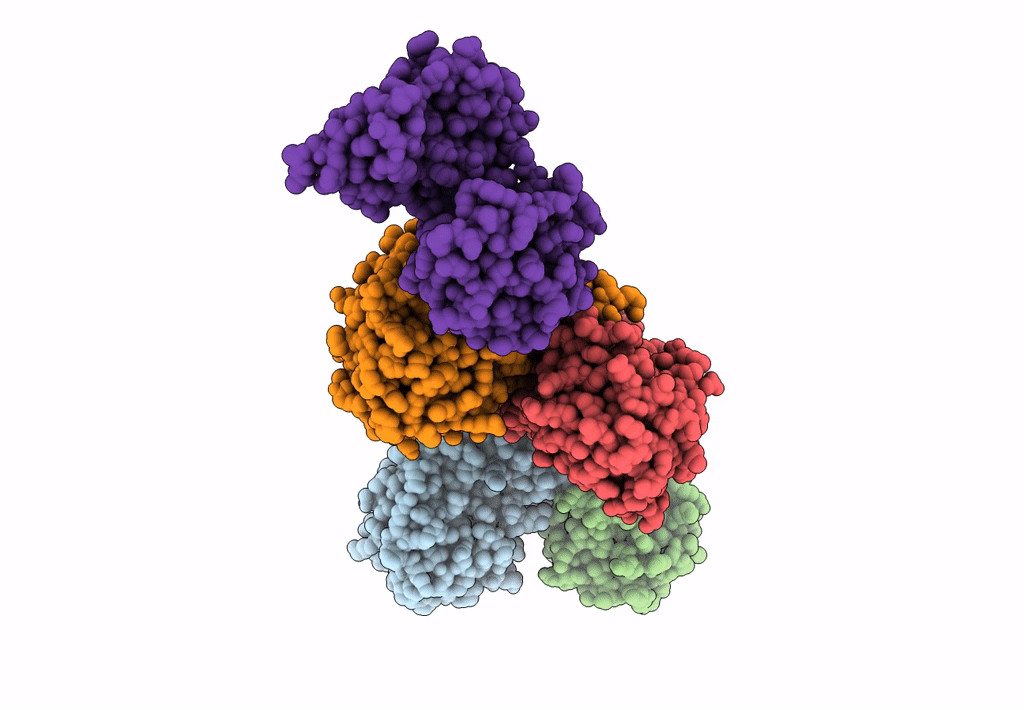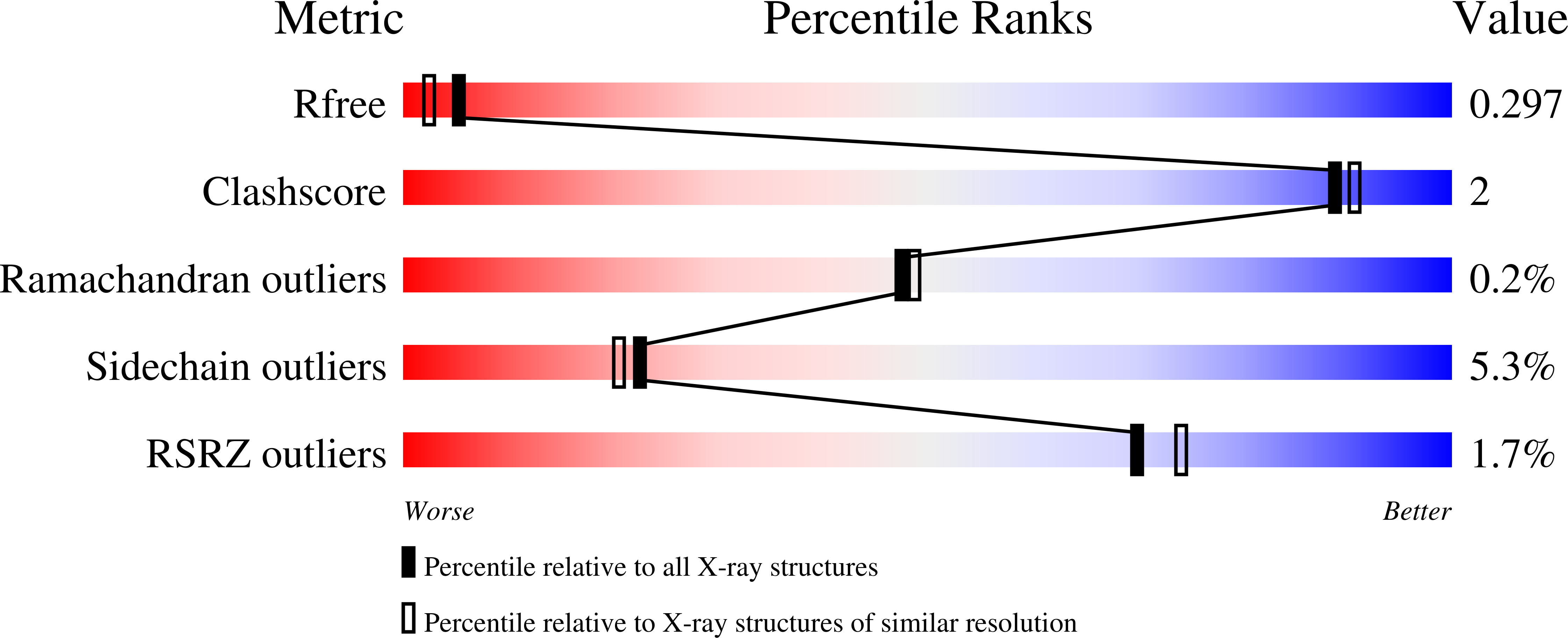
Deposition Date
2023-04-03
Release Date
2023-08-30
Last Version Date
2023-08-30
Entry Detail
PDB ID:
8ONN
Keywords:
Title:
Crystal structure of D-amino acid aminotransferase from Aminobacterium colombiense point mutant E113A complexed with 3-aminooxypropionic acid
Biological Source:
Source Organism:
Aminobacterium colombiense (Taxon ID: 81468)
Host Organism:
Method Details:
Experimental Method:
Resolution:
2.10 Å
R-Value Free:
0.29
R-Value Work:
0.25
R-Value Observed:
0.25
Space Group:
C 1 2 1


